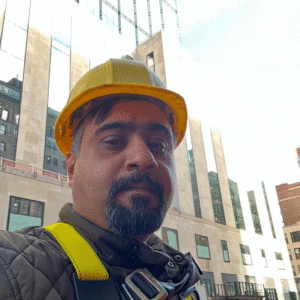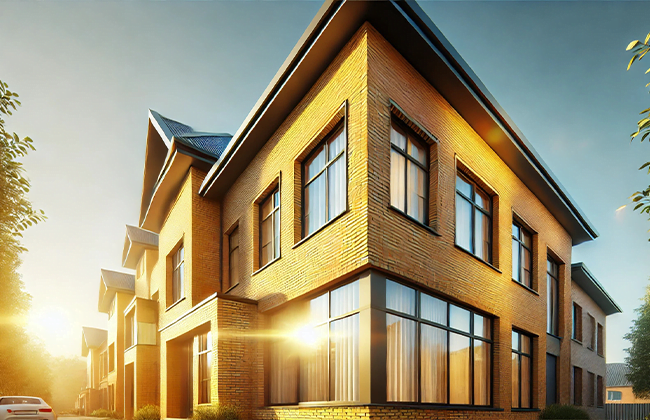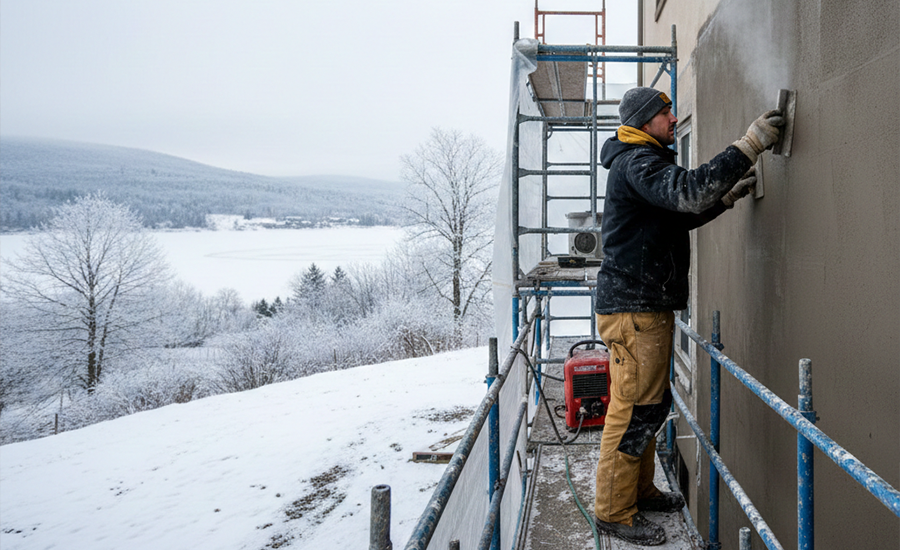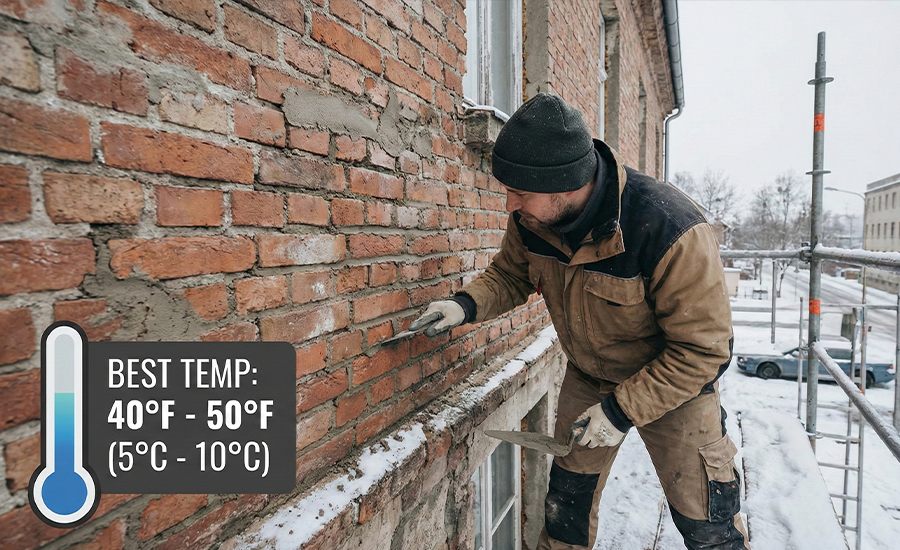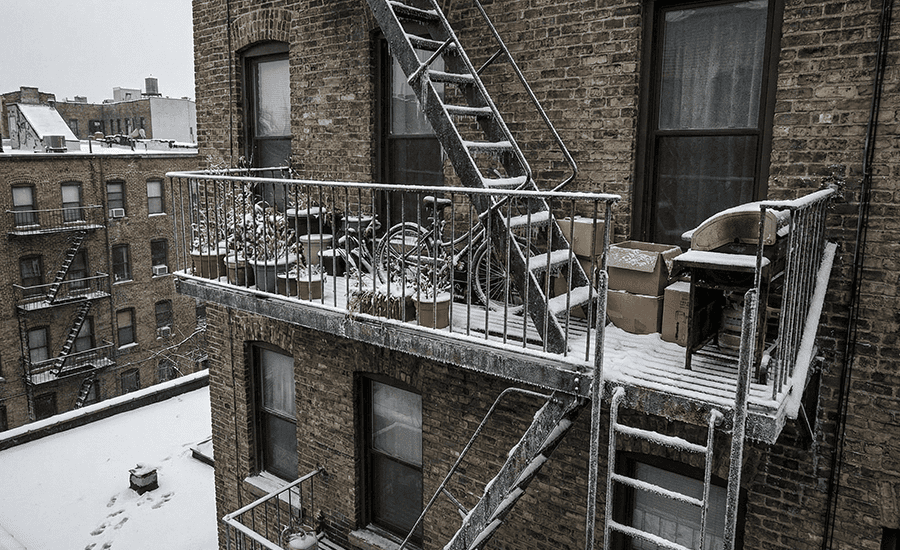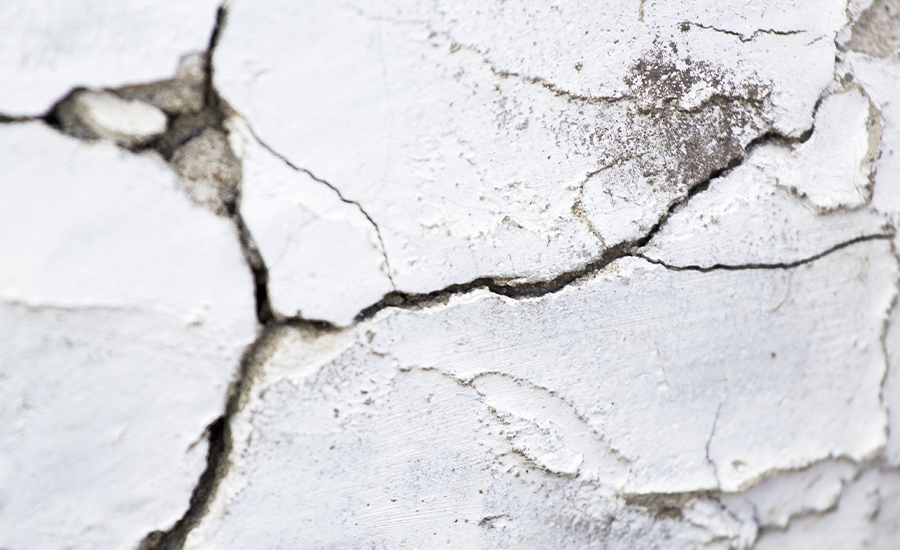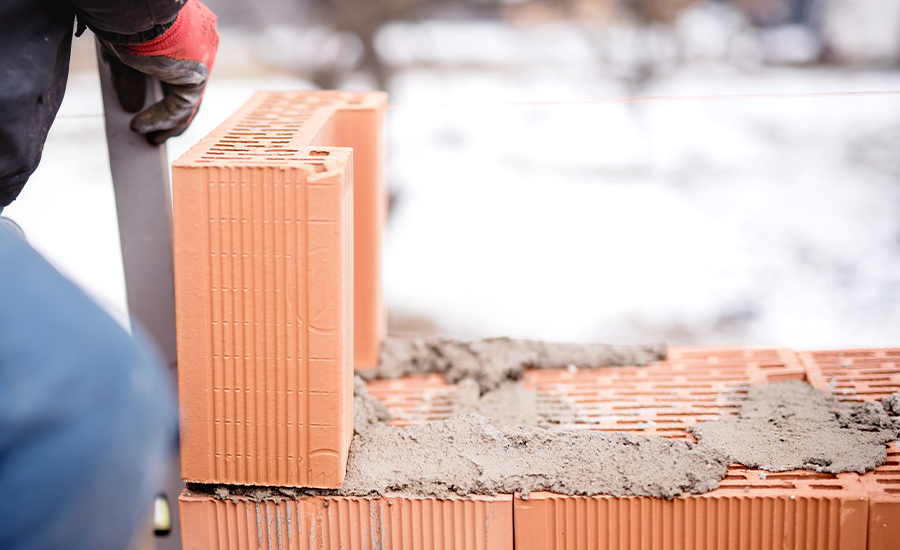Bricks, with their rich hues and enduring charm, are a cornerstone of aesthetic and structural elegance in many homes and buildings. However, over time, these vibrant colors can fade, leaving a once-striking facade looking washed out and weary. Learning how to restore faded brick not only enhances the visual appeal of a property but also contributes to its overall upkeep and value. In this guide, we’ll delve into the causes of brick fading, share preventive tips to protect your masonry, and outline effective methods to revive the color and vitality of your brickwork.
Understanding Brick Fading
Brick fading is an inevitable process influenced by various factors, but understanding why and how it happens can guide effective restoration strategies. Here’s what you need to know:
1. Environmental Impact:
The most significant factor in brick fading is environmental exposure. Ultraviolet (UV) rays from the sun can bleach the vibrant pigments in bricks over time, leading to a noticeable loss of color. Weather conditions such as rain, snow, and even wind contribute further by eroding the surface, which gradually diminishes the brick’s original hue.
2. Material Differences:
Not all bricks are created equal, and their composition significantly affects their durability and colorfastness. For example:
- Clay Bricks: Made from natural clay, these bricks offer a spectrum of earthy tones. They are generally more resistant to fading but can still lose color intensity under continuous sun exposure.
- Concrete Bricks: These are made from concrete mixed with dyes for color. While they are versatile in color and design, they tend to fade faster than clay bricks due to the less stable nature of artificial dyes.
- Sand-Lime Bricks: Known for their smooth texture and grayish tone, sand-lime bricks fade less noticeably but can still show signs of wear when not maintained properly.
3. Quality of Materials:
The quality and type of pigments used in brick manufacturing also dictate how well a brick withstands the test of time and elements. Higher-quality pigments and production processes result in bricks that maintain their color longer and resist environmental stresses more robustly.
4. Chemical Exposures:
Apart from natural elements, chemical reactions caused by pollutants or improper cleaning agents can accelerate fading. These chemicals may interact with the minerals in bricks, leading to faster degradation and a dull appearance.
5. Age and Maintenance:
The age of the brickwork combined with maintenance practices plays a crucial role in the rate of fading. Older bricks might have been exposed to decades of weathering, and without proper sealing and regular cleaning, their colors can fade more rapidly.
Understanding these elements helps in choosing the right restoration methods and preventive measures, ensuring that brick structures not only regain their original beauty but also retain it for years to come.
Preventative Measures
Ensuring the longevity and vibrancy of your brickwork involves proactive measures that protect against potential fading. By implementing the following strategies, you can safeguard your bricks from environmental factors and maintain their aesthetic appeal:
1. Use of Sealants:
One of the most effective ways to protect brickwork is by applying a high-quality sealant. Sealants provide a protective layer that shields the bricks from UV rays and moisture penetration, two primary culprits of fading and erosion. Opt for a breathable sealant that allows moisture inside the bricks to escape, preventing damage from freeze-thaw cycles in colder climates.
2. Regular Cleaning:
Keeping brick surfaces clean is crucial in preventing buildup that can lead to discoloration. Use gentle cleaning methods like soft washing with a mild, pH-neutral detergent to remove dirt, algae, and efflorescence without harming the brick’s surface. Avoid harsh chemicals and high-pressure washing, which can strip away the surface layer of bricks, accelerating fading.
3. Strategic Landscaping:
Consider landscaping elements that can protect your bricks from excessive sun exposure. Planting trees or shrubs to cast shade on brick walls, especially those facing west or south, can significantly reduce the impact of UV radiation and provide a natural barrier against the elements.
4. Protective Coverings:
For areas with extreme weather conditions, using protective coverings during periods of non-use can help preserve the color of outdoor brick structures like patios or garden walls. These coverings can prevent the accumulation of snow and ice in the winter and provide shade during the summer months.
5. Regular Inspections:
Conduct periodic inspections of your brickwork to identify and address any issues early. Look for signs of erosion or mortar damage, and repair these promptly to maintain the structural integrity and appearance of your brick structures.
6. Choosing High-Quality Bricks:
Initially selecting high-quality bricks with durable pigments can make a significant difference in the long-term appearance of your brickwork. When planning new constructions or replacements, invest in bricks known for their color stability and resistance to environmental factors.
By adopting these preventative measures, homeowners and property managers can significantly reduce the rate of brick fading, ensuring that the bricks retain their color and structural integrity for years to come.
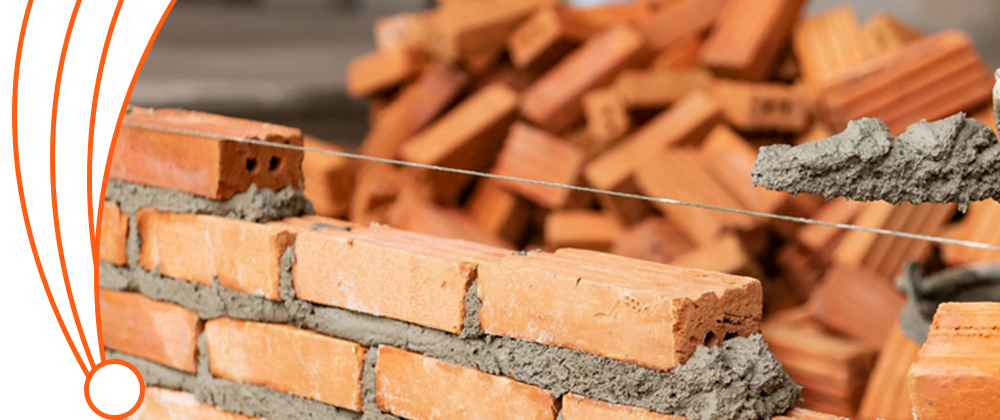
Methods for Restoring Faded Brick
Once fading occurs, several restoration methods can be applied to bring back the original color and vitality of the brickwork. Each method offers a different approach, depending on the extent of fading and the specific needs of the property.
1. Cleaning:
The first step in restoring faded brick is a thorough cleaning. Use a gentle, low-pressure wash combined with a brick-safe cleaner to remove dirt, mildew, and other surface contaminants that can obscure the brick’s true color. For more stubborn stains, a specialized brick cleaning solution may be required. Always test any chemical solution on a small, inconspicuous area before applying it to the entire surface.
2. Paint Removal:
If the brick has been painted or treated with an inappropriate sealant, removing this layer can often restore the brick’s original appearance. Chemical paint strippers designed for brick can be effective, but care must be taken to avoid damaging the brick’s surface. Once the paint is removed, a proper cleaning and sealing should follow.
3. Tinting or Recoloring:
For bricks that have faded beyond what cleaning can restore, tinting or recoloring may be an option. Brick tints are specially formulated to penetrate the surface and bond with the material, rejuvenating the original color or allowing for a new hue. This method should be handled by professionals to ensure an even and lasting finish.
4. Replacing Damaged Bricks:
In cases where the brick has not only faded but also deteriorated, replacing these bricks may be necessary. Matching new bricks to the existing ones can be challenging, so sourcing from the original manufacturer or a specialist in historic materials is recommended.
5. Applying a New Sealant:
Once the bricks are cleaned, and any color restoration is done, applying a high-quality sealant can help preserve the renewed appearance. This sealant should offer UV protection to minimize future fading and be breathable to prevent moisture accumulation inside the brick.
6. Lime Washing:
Lime wash is an ancient method that can give faded bricks a fresh, traditional look while offering some protective benefits. The lime wash permeates the brick, providing a breathable coating that can enhance the brick’s durability against weather elements.
By carefully selecting and applying these restoration methods, you can significantly enhance the appearance of faded brickwork, ensuring it continues to add character and value to your property for years to come.
DIY vs. Professional Restoration

When it comes to restoring faded brick, homeowners often debate whether to tackle the project themselves or hire professionals. Each option has its benefits and challenges, and the best choice depends on the scope of the project and the individual’s comfort with home improvement tasks.
DIY Restoration:
- Pros:
- Cost-Effective: Handling the restoration yourself can significantly reduce costs, as you avoid paying for professional labor.
- Personal Satisfaction: There’s a certain satisfaction that comes with personally restoring the beauty of your home.
- Cons:
- Time-Consuming: DIY projects can take considerable time, especially if you are learning as you go.
- Risk of Mistakes: Without professional experience, there’s a higher risk of errors that could potentially cause further damage or require rework.
Professional Restoration:
- Pros:
- Expertise and Efficiency: Professionals bring expertise and efficiency to the project, likely getting it done faster and with better results.
- Higher Quality Materials: They often have access to higher quality materials and advanced techniques that might not be readily available to the DIY enthusiast.
- Cons:
- Cost: The primary drawback is the cost, as professional services can be a significant investment.
- Less Control: Depending on a third party may also mean less personal involvement in the project’s minutiae.
Making the Decision:
- Consider the scale of the project and the condition of the brickwork. Smaller, simpler projects might be manageable DIY, but extensive or complex restorations often merit a professional’s touch.
- Evaluate your skill level and availability of tools. If the project requires specialized tools or skills you don’t possess, hiring a professional might save time and money in the long run.
- Reflect on your time availability and commitment to the task. DIY projects require a significant time investment, so ensure you’re able to commit to seeing the project through to completion.
Choosing between DIY and professional help for brick restoration depends on various factors like cost, time, and the complexity of the work involved. Carefully assessing these aspects will guide you to the best approach, ensuring that your brick restoration is both successful and satisfying. Now, let’s explore some real-life examples of brick restoration to better understand these approaches in action.

Case Studies/Examples
Examining real-life examples of brick restoration provides valuable insights into the effectiveness of various methods and the decisions between DIY and professional approaches. Here are a few case studies that illustrate different aspects of brick restoration:
1. Residential Home Restoration:
- Location: Suburban neighborhood, moderate climate
- Problem: The facade of a residential home had significantly faded due to prolonged exposure to sunlight and infrequent maintenance.
- Solution: The homeowner researched various DIY restoration techniques and chose to start with a soft wash using eco-friendly cleaners to avoid damaging the bricks. After cleaning, they applied a semi-transparent stain matched to the original brick color to enhance the faded areas.
- Outcome: The restoration refreshed the home’s appearance, bringing back much of its original color and charm. The process took several weekends to complete, but the homeowner managed to save significant costs compared to professional quotes they had received.
2. Historic Building Preservation:
- Location: Urban area with historic preservation guidelines
- Problem: A landmark building’s brickwork had faded and degraded, requiring restoration that complied with strict historical preservation standards.
- Solution: A professional restoration team with expertise in historical buildings was contracted. They conducted an in-depth analysis of the original materials and used custom-mixed lime-based tints to restore the color authentically.
- Outcome: The team completed the project efficiently, restoring the building to its former glory while adhering to preservation guidelines. Local historical societies recognized the successful restoration, adding to the building’s prestige.
3. Commercial Property Upgrade:
- Location: High-traffic downtown area
- Problem: A commercial property’s exterior had become unsightly due to environmental wear and tear, affecting its appeal to potential tenants.
- Solution: The property management hired a professional brick restoration company that specialized in commercial buildings. The company performed extensive cleaning, replaced damaged bricks, and applied a durable sealant to protect against future environmental impacts.
- Outcome: The restoration enhanced the building’s aesthetic and structural integrity, making it more attractive to businesses and increasing its market value.
4. Community Center Makeover:
- Location: Coastal community center facing harsh marine conditions
- Problem: The bricks had become dulled and weakened by salt air and moisture.
- Solution: The project was a collaborative effort between community volunteers and professional restorers. They thoroughly cleaned the bricks, performed necessary repointing, and finished with a sealant appropriate for high moisture and salt exposure.
- Outcome: The makeover not only restored the building’s visual appeal but also engaged the community, fostering a sense of ownership and pride in the revamped facility.
These detailed case studies illustrate how you can tailor different brick restoration strategies to specific conditions and needs, showing their versatility and impact. Whether through DIY efforts or professional interventions, the right restoration methods can significantly enhance both the appearance and longevity of brick structures.
Conclusion
Restoring faded brick is more than just a cosmetic update; it’s an investment in preserving the beauty and integrity of a property. Whether you choose a DIY approach or decide to hire professionals, understanding the underlying causes of brick fading and the appropriate restoration methods is crucial. By taking proactive measures to maintain and restore brickwork, property owners can ensure their buildings continue to showcase their historic charm and structural robustness for many years. Remember, the right care and restoration techniques not only revive the appearance of bricks but also protect this timeless material against future wear, adding lasting value to any property.
FAQs
Q: What is the most effective way to prevent brick from fading?
A: Preventative measures such as applying a high-quality sealant, performing regular cleanings, and using strategic landscaping to reduce sun exposure can effectively minimize brick fading.
Q: Can faded bricks be fully restored to their original color?
A: While you may not always restore severely faded bricks to their original vibrancy, techniques like thorough cleaning, tinting, or staining can significantly improve their appearance.
Q: Is it cost-effective to hire professionals for brick restoration?
A: Hiring professionals can be cost-effective for complex or large-scale projects. They bring expertise, efficiency, and access to high-quality materials. These might not be readily available to DIY enthusiasts.
Q: How often should brickwork be inspected and maintained to prevent fading?
A: You should ideally inspect brickwork at least once a year, and check it more frequently in areas exposed to harsh weather or environmental conditions. Regular maintenance like cleaning and resealing every few years can prolong the brick’s color and durability.
Q: What are the risks of DIY brick restoration?
A: DIY brick restoration carries risks such as potential damage from incorrect cleaning. Using inappropriate materials could exacerbate fading or lead to structural issues.


